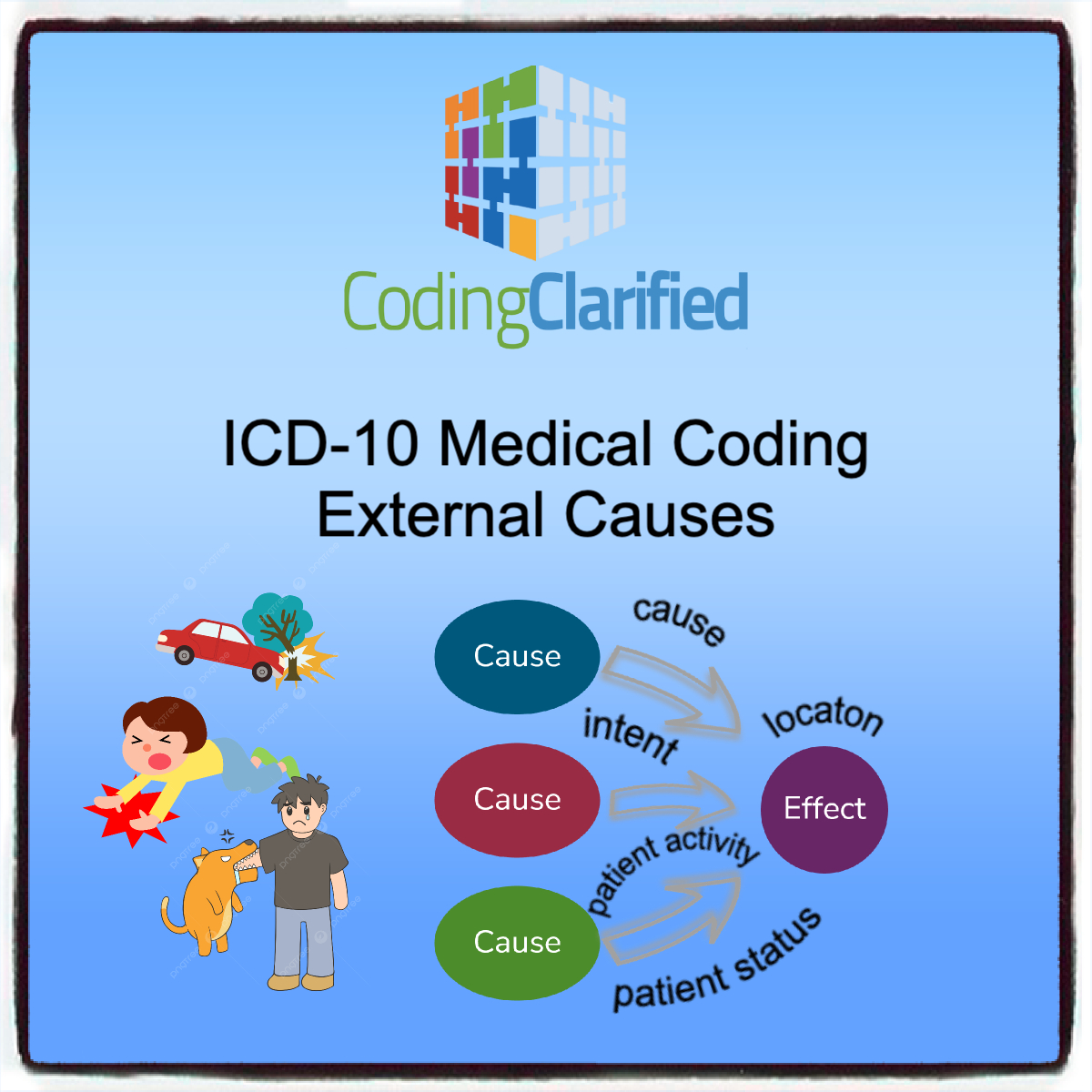Understanding ICD-10 Coding for External Causes: A Comprehensive Guide
Medical coding is a crucial component of healthcare administration, impacting everything from billing to data collection. One important aspect of coding is the classification of external causes of injuries and conditions. The International Classification of Diseases, 10th Revision (ICD-10), provides detailed guidelines for coding these external causes, which are vital for accurate documentation and statistical analysis.
What Are External Causes in ICD-10?
In ICD-10, external causes refer to events or circumstances that lead to injuries or other health conditions. These can include accidents, falls, violence, or exposure to harmful substances. External causes are classified under the ICD-10 codes that fall within the range of V00 to Y99, and are specifically designed to provide a comprehensive description of the events leading to the diagnosis.
Importance of Accurate External Cause Coding
Accurate coding for external causes is crucial for several reasons:
- Data Accuracy: It provides precise data for injury prevention programs and public health research.
- Billing and Reimbursement: Correct coding is essential for appropriate billing and insurance claims.
- Clinical Documentation: It aids in the comprehensive documentation of patient history and treatment.
ICD-10 coding for external causes plays a significant role in the healthcare system, enabling detailed tracking and analysis of incidents leading to injuries and conditions. By adhering to the guidelines for identifying and documenting external causes, healthcare professionals can ensure accurate coding, which in turn supports effective healthcare management, research, and policy development.
When to use External Cause Codes
External cause codes can include information about:
- Cause: How the injury or health condition happened
- Intent: Whether the injury was intentional, like assault or suicide, or unintentional or accidental
- Location: Where the event occurred
- Patient activity: What the patient was doing at the time of the event
- Patient status: The patient’s status, such as civilian or military
How to Look Up External Cause Codes in ICD-10?
Key Guidelines for Coding External Causes
- Identify the External Cause First: When coding for external causes, it is crucial to first determine the nature of the external event or circumstance. The coding process begins by identifying the specific incident or exposure that caused the injury or condition.
- Use the Appropriate External Cause Code: ICD-10 codes for external causes are divided into categories based on the type of incident. For example:
- V00-V99: Codes for transport accidents, such as pedestrian injuries or vehicle collisions.
- W00-W19: Codes for falls, including falls from stairs or ladders.
- X00-X19: Codes for exposure to environmental factors, like extreme temperatures or radiation.
- Y00-Y09: Codes for assaults, such as physical attacks or sexual violence.
- Y10-Y34: Codes for unspecified causes or other external causes not otherwise classified.
- Document the Sequence of Events: When multiple external causes are involved, it’s important to document the sequence of events accurately. For instance, if a person falls due to a slippery surface and subsequently suffers a fracture, the fall should be coded first, followed by the injury.
- Consider the Context of the Injury: The context in which the injury or condition occurred can affect the coding. For instance, injuries resulting from work-related accidents should be coded differently than those from non-work-related incidents.
- Be Aware of Specific Exclusions: Some external cause codes may not apply to certain scenarios. For example, injuries due to medical or surgical procedures should be coded under specific categories related to complications of care, rather than as external causes.
- Follow Updated Guidelines: ICD-10 coding guidelines are updated periodically to reflect new medical knowledge and coding practices. Always refer to the most recent coding manuals and guidelines to ensure accurate and compliant coding.
For further details, healthcare professionals should consult the ICD-10 official coding guidelines and seek training to stay updated with any changes in coding practices.
https://www.cms.gov/files/document/fy-2025-icd-10-cm-coding-guidelines.pdf
Check out our related resources:

